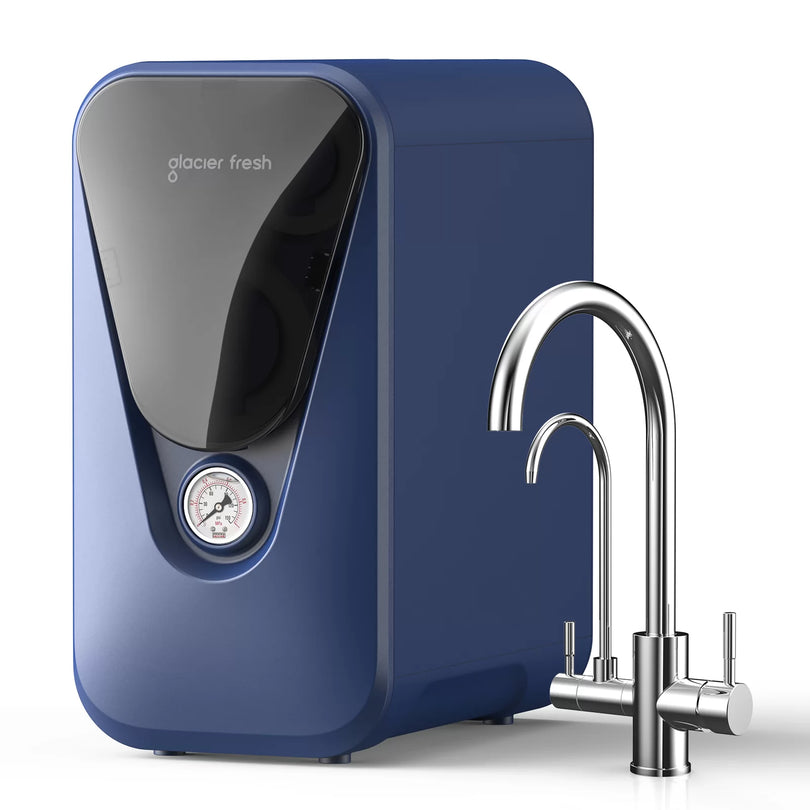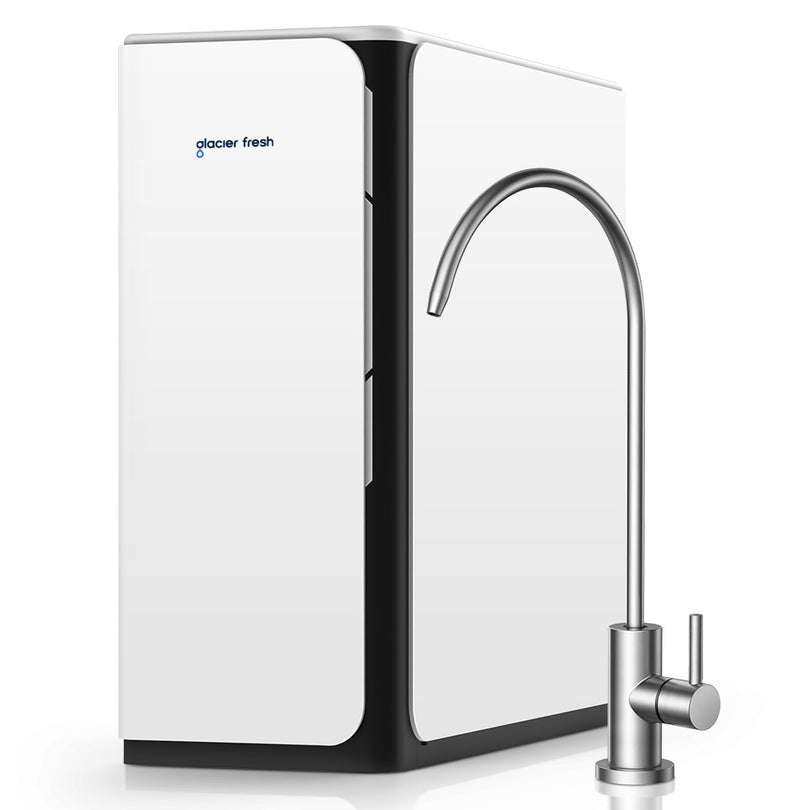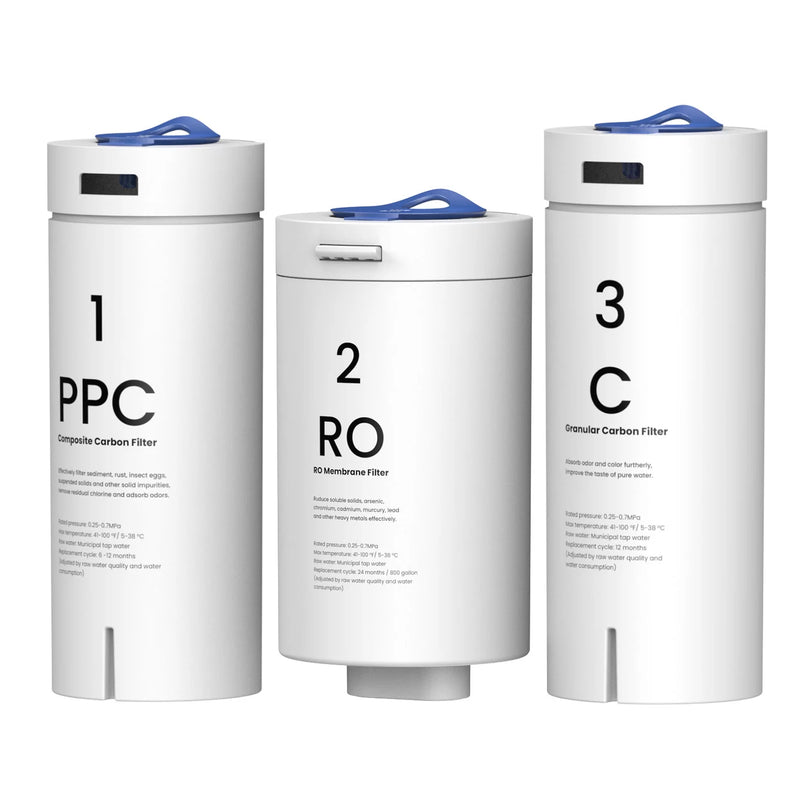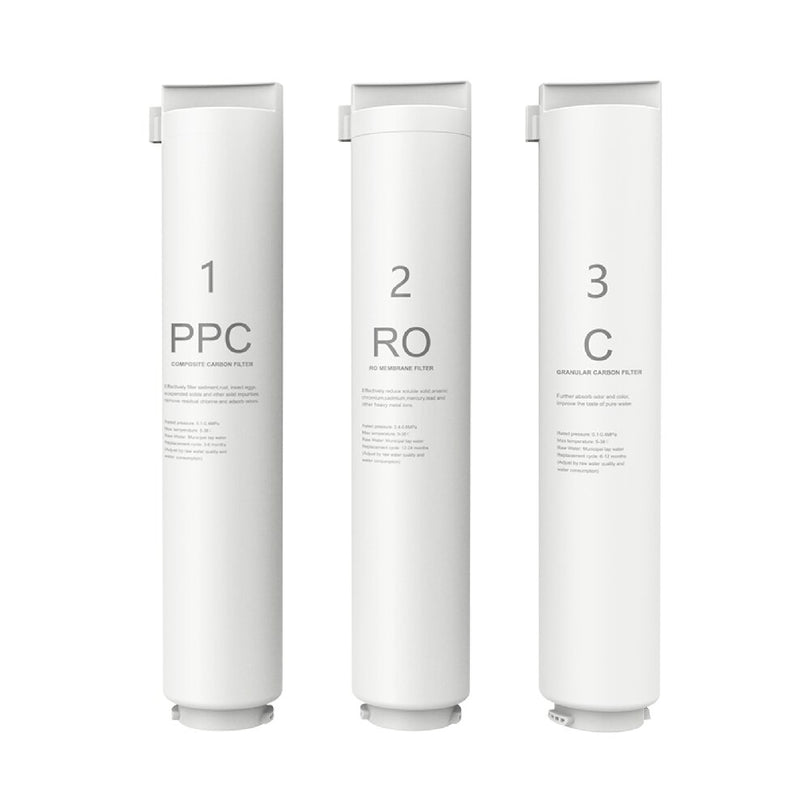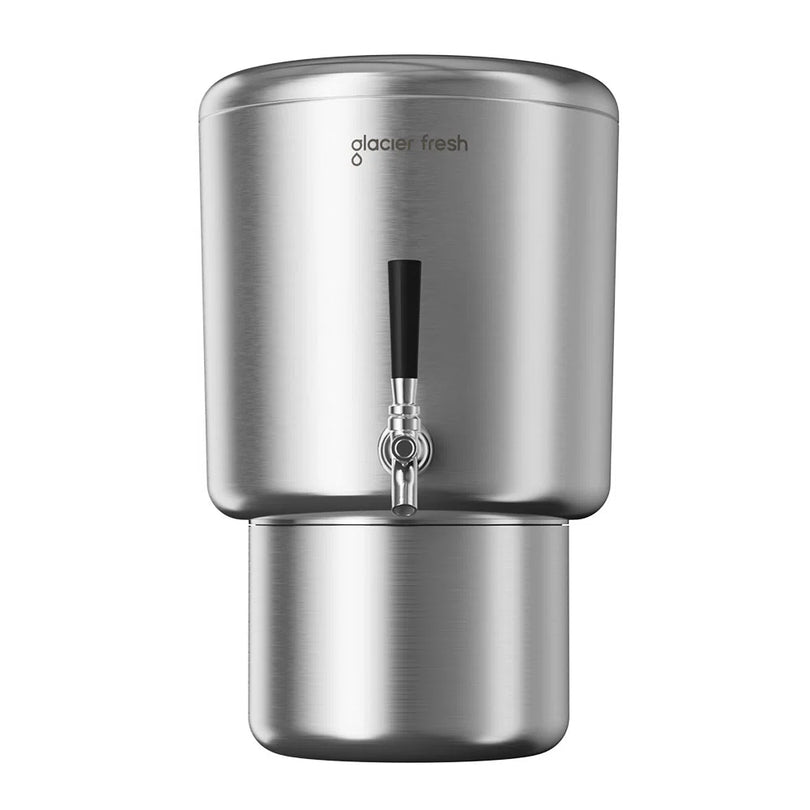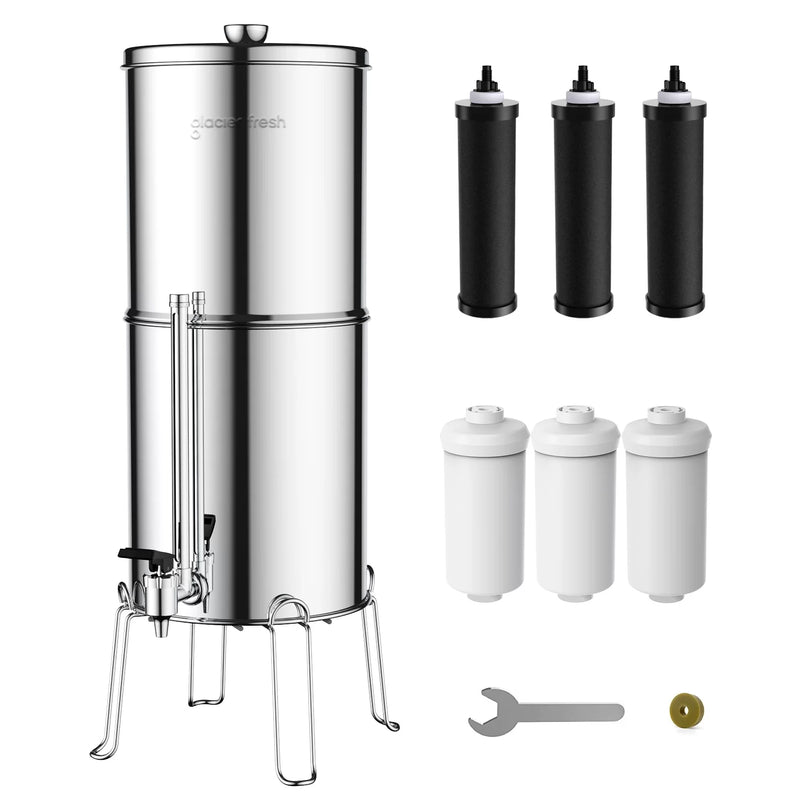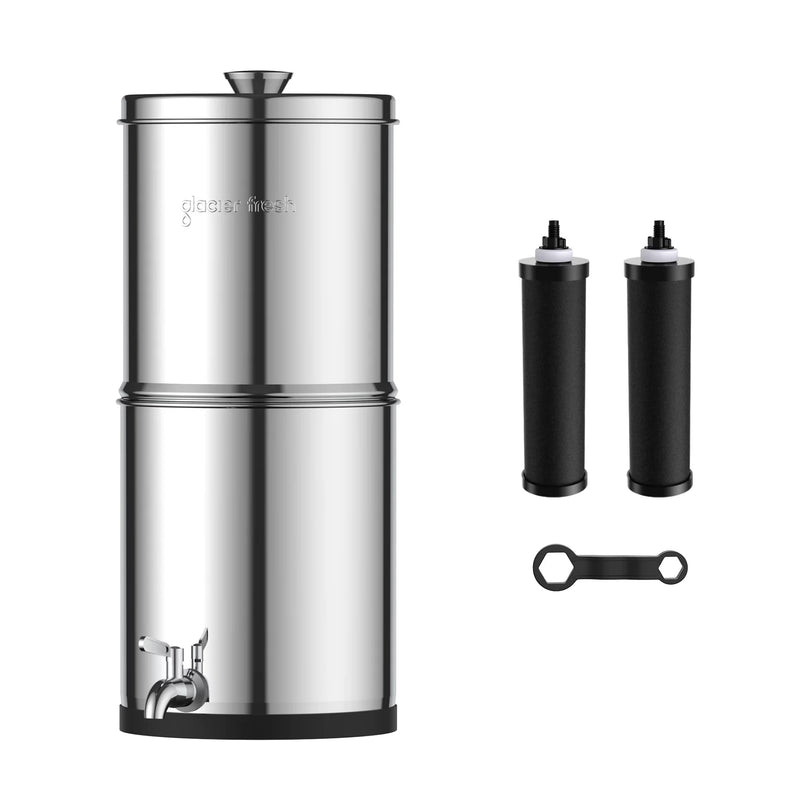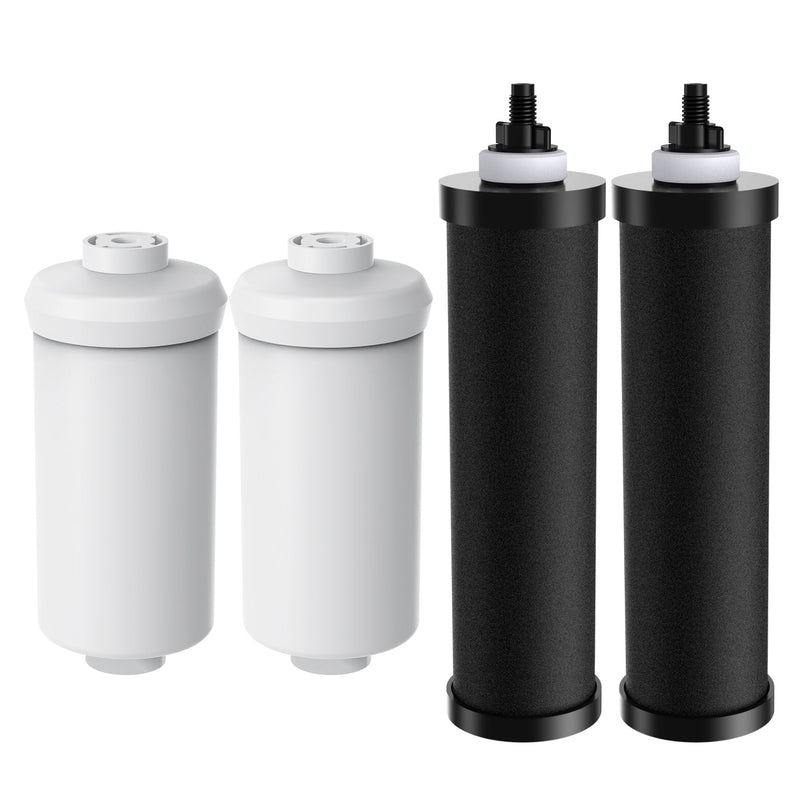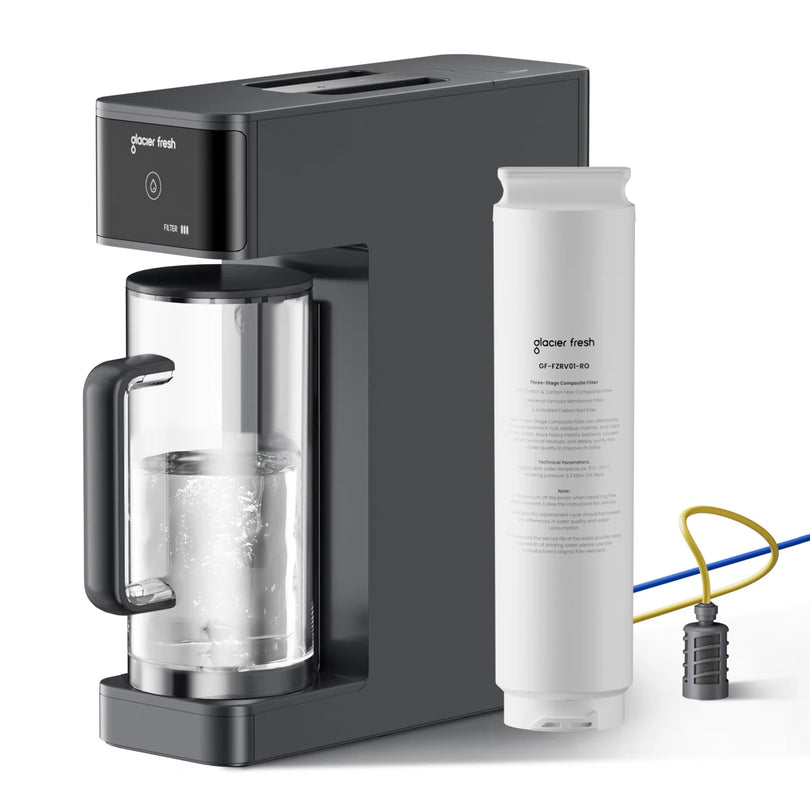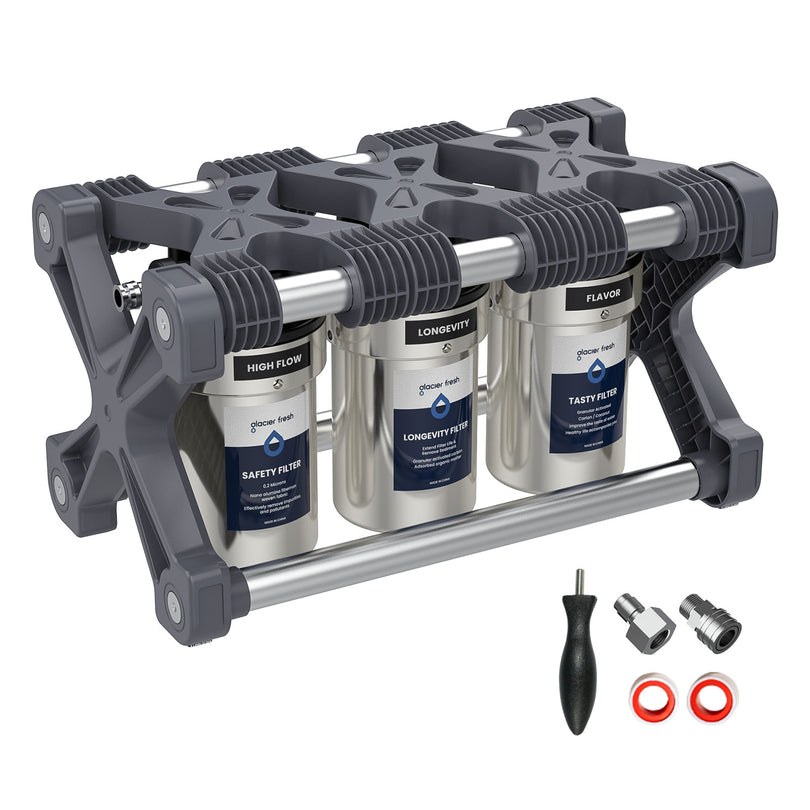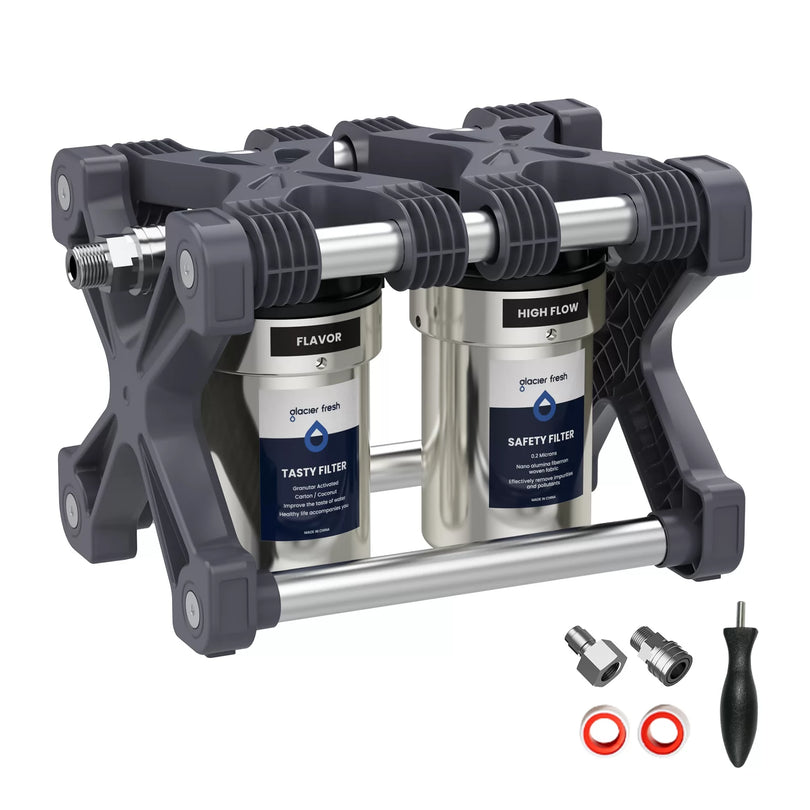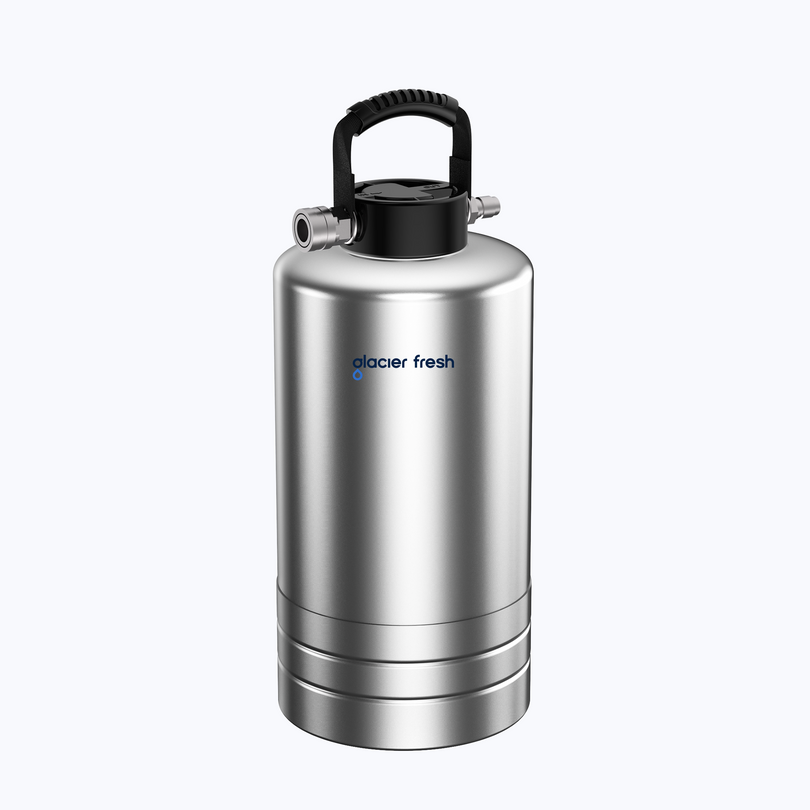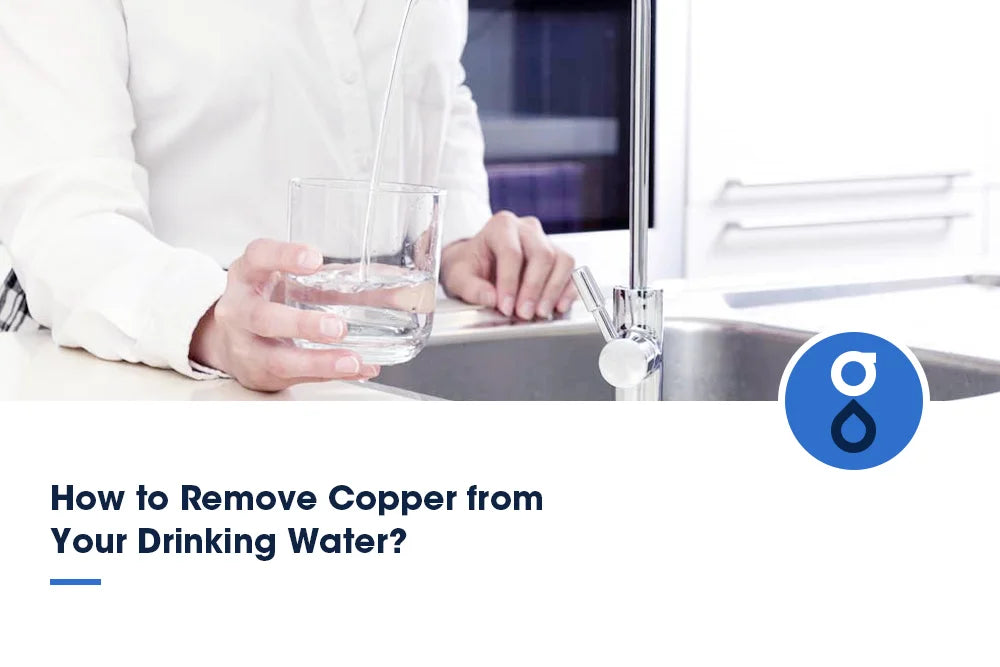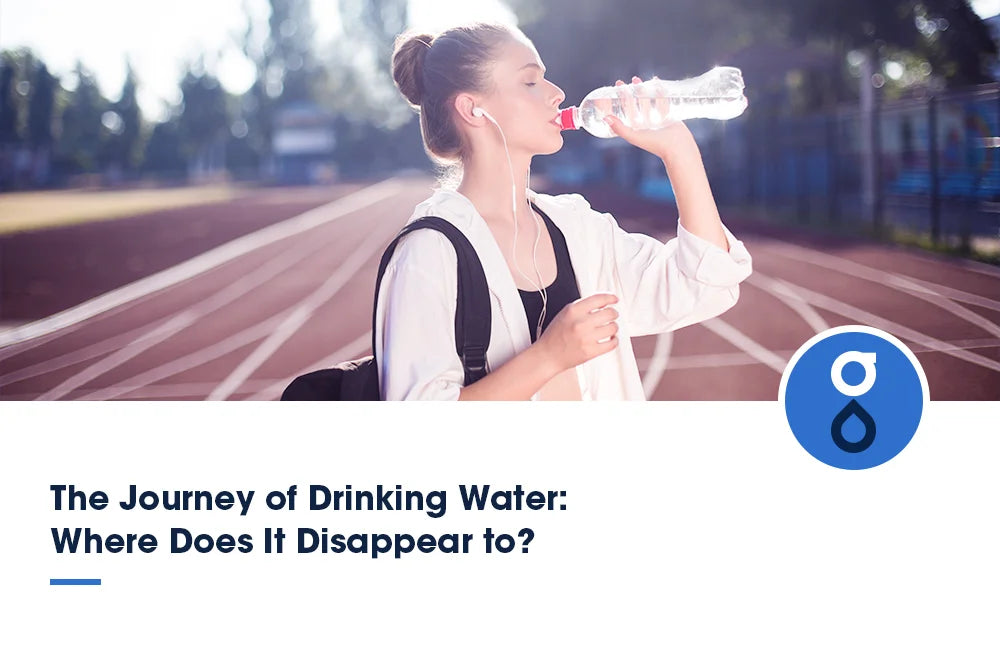Table of Contents:
What is copper in drinking water?
How does copper get into drinking water?
Health risks associated with copper in drinking water
The safe levels of copper in drinking water
Effective filtration methods for copper removal
Maintenance tips for copper-free water
FAQs
Conclusion
Imagine your drinking water as a clear stream, but hidden within its depths, copper lurks, tainting its purity. You may be wondering how to rid your water of this unwanted guest. Fear not, as there are effective methods to help you achieve copper-free water. By understanding the sources of copper contamination and implementing the proper filtration techniques, you can ensure that every sip you take is free from this potentially harmful element. Let's explore the pathways to achieving water that sparkles with cleanliness.
What is copper in drinking water?

If you're wondering about the presence of copper in your drinking water, it's important to understand what this mineral can mean for your health. Copper can enter your water supply through various sources, such as corrosion of copper pipes and fittings, erosion of natural deposits, or even from agricultural runoff.
While copper is an essential mineral for the human body in small amounts, excessive levels can lead to adverse health effects like gastrointestinal distress, liver or kidney damage, and Wilson's disease in severe cases. Regulatory bodies like the Environmental Protection Agency (EPA) have set limits on the amount of copper permissible in drinking water to ensure your safety.
How does copper get into drinking water?

Copper enters drinking water through various sources, such as corrosion of copper pipes and fittings, erosion of natural deposits, or agricultural runoff. When copper pipes and fittings corrode over time, small amounts of copper can leach into the water supply. Also, natural soil and rock deposits can contain copper, which may dissolve into water sources. Agricultural activities such as using copper-containing pesticides or fertilizers can also contribute to copper contamination in water.
Water treatment facilities are vital in managing copper levels in drinking water. Filtration, sedimentation, and pH adjustment can help reduce copper concentrations. Corrosion control methods, such as coating pipes or corrosion inhibitors, are also employed to prevent copper from leaching into the water.
Excessive copper in drinking water can have negative environmental impacts, affecting aquatic life and ecosystems. Health guidelines set by regulatory bodies help ensure that copper levels in drinking water remain within safe limits to prevent health risks associated with copper consumption. Proper monitoring and adherence to these guidelines are crucial for safeguarding public health.
Health risks associated with copper in drinking water
Gastrointestinal issues from copper exposure
If you have experienced gastrointestinal issues, such as nausea or diarrhea, it may result from exposure to elevated levels of copper in your drinking water. When copper levels in your drinking water exceed the recommended limits, it can irritate your stomach and intestines, leading to stomach cramps, vomiting, and diarrhea. These gastrointestinal issues are your body's way of reacting to the presence of excess copper.
Copper-related liver damage
Regularly consuming water with elevated copper levels can contribute to liver damage over time. The liver plays a crucial role in metabolizing copper, but excessive intake can overwhelm its capacity, accumulating copper in the liver tissues. This buildup can result in oxidative stress and inflammation, damaging liver cells and potentially causing liver disease.
Symptoms of copper-related liver damage may include fatigue, jaundice, and abdominal pain. Long-term exposure to high copper levels through drinking water has been linked to chronic liver conditions such as cirrhosis and fibrosis.
Long-term neurological effects of copper
Prolonged exposure to high copper concentrations in drinking water may result in neurological symptoms such as headaches, dizziness, irritability, and even memory loss. Studies suggest that copper accumulation in the brain over time can lead to cognitive decline and neurodegenerative disorders like Alzheimer's disease.
If you suspect your water has high copper levels or experience any unusual neurological symptoms, consider getting your water tested and taking necessary precautions to minimize copper exposure. Prioritizing water quality is crucial in safeguarding your long-term neurological health.
The safe levels of copper in drinking water
To ensure the safety of your drinking water, it's crucial to be aware of the acceptable levels of copper present. Copper levels in drinking water are deemed safe when they fall below 1.3 milligrams per liter, as recommended by the Environmental Protection Agency (EPA). Exceeding this limit can lead to health concerns such as gastrointestinal issues, liver or kidney damage, and Wilson's disease in extreme cases.
Maintaining copper levels within the recommended range is essential for water safety and your overall well-being. Regularly monitoring copper levels and implementing suitable filtration methods are key steps in safeguarding your health and ensuring the purity of your drinking water.
How do you test for copper in water?

To determine the presence of copper in water, conducting a simple water test can provide valuable insights into the water quality. Testing for copper contamination ensures drinking safety and identifies potential health risks. Here's how you can test for copper in your water:
1. Purchase a water testing kit: Look for a water testing kit specifically designed to detect copper levels in water. These kits are usually affordable and easy to use, providing accurate results.
2. Collect a water sample: Follow the instructions in the testing kit to collect a water sample from your tap. Ensure the sample is taken correctly to represent the water quality accurately.
3. Conduct the Test: Use the testing kit as instructed to analyze the water sample for copper content. The results will indicate if the copper levels exceed safe limits, prompting the need for remediation methods to ensure water quality and safety.
Effective filtration methods for copper removal
Activated carbon filtration

When using Glass Water Filter Pitcher, replace the filter regularly to maintain its effectiveness in removing copper from your drinking water. Activated carbon works by adsorbing copper particles as water passes through the filter. Over time, the carbon becomes saturated with copper, reducing its ability to trap more contaminants.
By replacing the filter as the manufacturer recommends, you guarantee it continues to efficiently remove copper, ensuring your drinking water remains safe and clean. Remember to follow the guidelines provided with your filtration system to know when it's time for a new filter. Regular maintenance is key to the long-term success of activated carbon filtration in keeping copper levels in your water at a minimum.
Ion exchange systems
Ion exchange systems replace copper ions with other ions, such as sodium or potassium, through a resin bed. These systems are effective in removing not only copper but also other heavy metals present in the water. By utilizing ion exchange systems, you can significantly reduce the copper levels in your drinking water, ensuring its safety for consumption.
Remember to periodically regenerate the resin bed in the ion exchange system to maintain its efficiency in copper removal. Incorporating ion exchange systems into your filtration process can provide an added layer of protection against copper contamination.
Reverse osmosis technology
Reverse osmosis forces water through a semi-permeable membrane that only allows water molecules to pass, effectively trapping contaminants like copper ions. This process helps to significantly reduce the concentration of copper in your drinking water, providing you with cleaner and safer water for consumption. Reverse osmosis systems are known for their efficiency in removing a wide range of impurities, including copper, and can be a reliable solution for ensuring water quality.
Distillation methods
Distillation methods offer a reliable solution for effectively removing copper from drinking water. This process involves separating water from contaminants through evaporation and condensation. When water is heated in a distillation unit, it evaporates, leaving behind contaminants like copper. The steam rises, leaving impurities behind, and then it's condensed back into pure water.
This method effectively removes copper and other impurities, providing clean drinking water. Distillation is a simple and effective method that can be used at home or on a larger scale to ensure the removal of copper from your water supply. Consider incorporating distillation methods into your water filtration system for safe and clean drinking water.
Maintenance tips for copper-free water

For optimal maintenance of copper-free water, ensure regular monitoring of your filtration system's performance and schedule routine maintenance checks. Water filtration systems ensure that copper doesn't contaminate your drinking water. To maintain a copper-free water supply, follow these maintenance tips:
1. Regular filter replacements: Replace your water filtration system's filters as the manufacturer recommends to ensure the efficient removal of any copper particles.
2. Inspect for copper pipes: Check for any pipes in your plumbing system and consider replacing them with alternative materials to prevent copper from leaching into your water.
3. Monitor water quality: Periodically test your water quality to ensure that copper levels remain within safe limits, avoiding any potential health effects of copper consumption.
4. Healthy drinking habits: Encourage healthy drinking habits, such as using copper-free water for cooking and drinking, to maintain a copper-free water supply and safeguard your health.
FAQs
Does boiling water remove copper?
Boiling water doesn't effectively remove copper. While boiling is beneficial for killing bacteria and some parasites, it doesn't eliminate copper contamination. To ensure your drinking water is copper-free, consider using alternative methods, such as water filtration systems specifically designed to remove heavy metals like copper.
Can copper contamination in drinking water affect the taste and odor of the water?
Yes, copper contamination in drinking water can indeed affect its taste and odor. When present in excess, copper can give the water a metallic taste and produce a noticeable odor.
Is using copper water bottles or containers for storing drinking water safe?
Using copper water bottles or containers to store drinking water is generally safe for short-term use. However, extended storage may lead to higher copper levels in the water. Therefore, it is recommended that water quality be regularly monitored to ensure safety.
Conclusion
Overall, removing copper from your drinking water is essential to ensure your safety and health, as well as that of your family. By understanding how copper can enter your water supply, its health risks, and the effective filtration methods available, you can take the necessary steps to maintain copper-free water. Regular testing, proper filtration systems, and routine maintenance ensure your water is safe and free of harmful copper contaminants. Follow Glacier Fresh to find more water filtration solutions.

